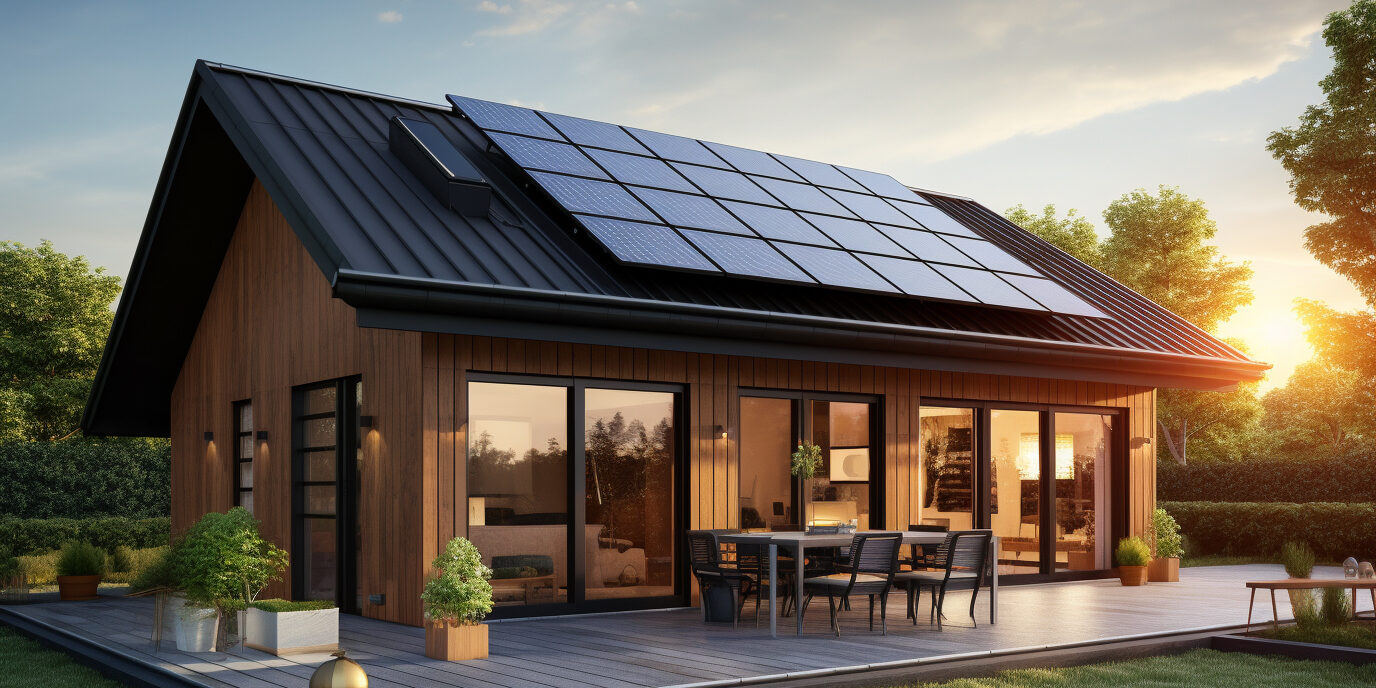The highlight of my recent trip to Omega Institute in Rhinebeck, NY was their LEED platinum Omega Center for Sustainable Living. The first, and one of only 3 in the nation, to achieve Living Building status, it exceeds USGBC’s highest green building standards. The building has a geothermal heating/cooling system, produces all of its own electricity using a 48 kw solar system, some of which is ground-mounted. It also houses the “Eco- Machine” which converts the 52,000 gallons of sewage and graywater from the campus into clean water using an indoor lagoon, and native plants such as cattails in a constructed wetland that absorbs chemicals and pharmaceuticals.
- The building was made from reclaimed wood (it even incorporated wood from President Obama’s inaugural platform.)
- Since there is no waste in nature, 99% of construction “waste” was put to reuse.
- Part of the roof is covered with a “green roof” of succulent plants, and rainwater is captured for use in toilets.
- Omega purchased 90 acres in the Hudson Valley to be kept forever wild as an offset for any impacts of the building.
- No toxins on the Living Building Institute’s “Red List” were used.
The coolest feature of the building’s maintenance is the Lotus Pro, made by Tersano. It is a machine that electrifies tap water, giving it extra ions, making it suitable to be used as a cleaner and disinfectant that kills germs even faster than bleach! The whole place is a model that many come from long distances to see. For info see http://eomega.org/omega-in-action/key-initiatives/omega-center-for-sustainable-living.












